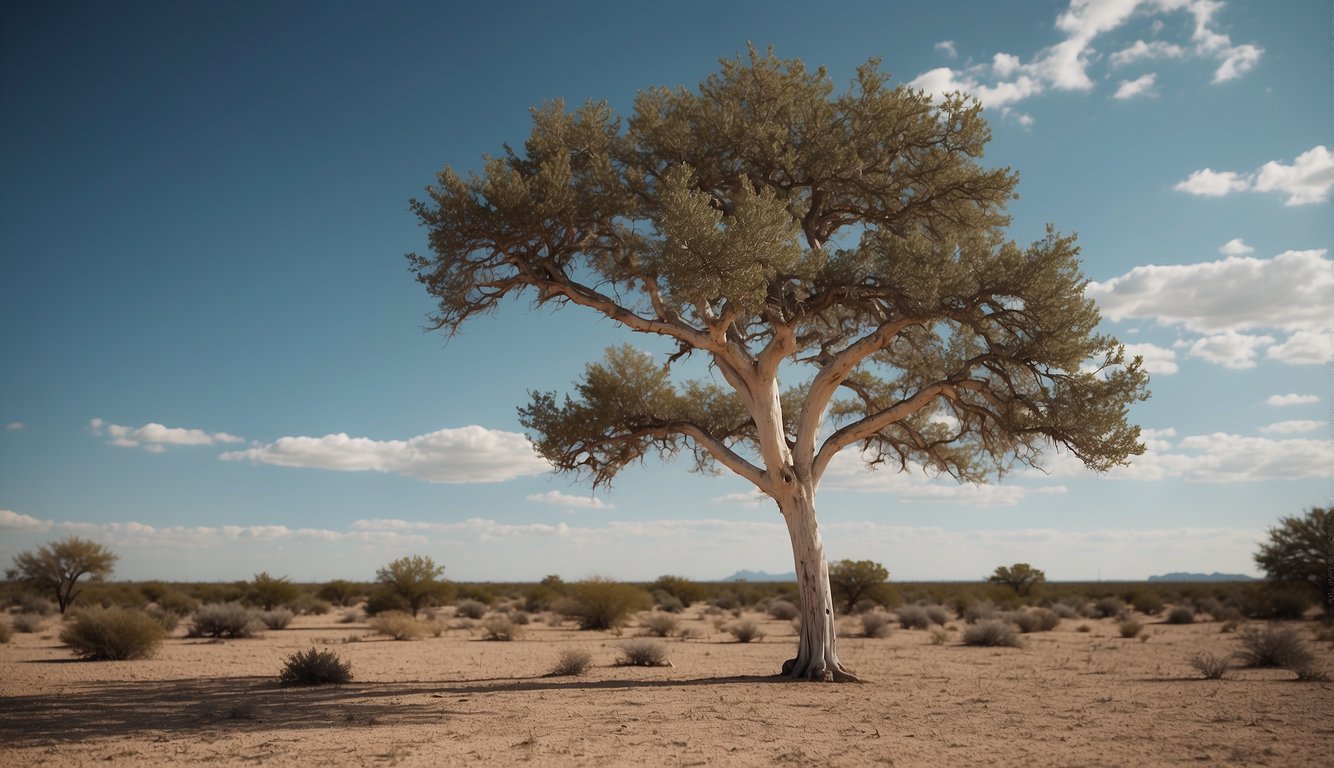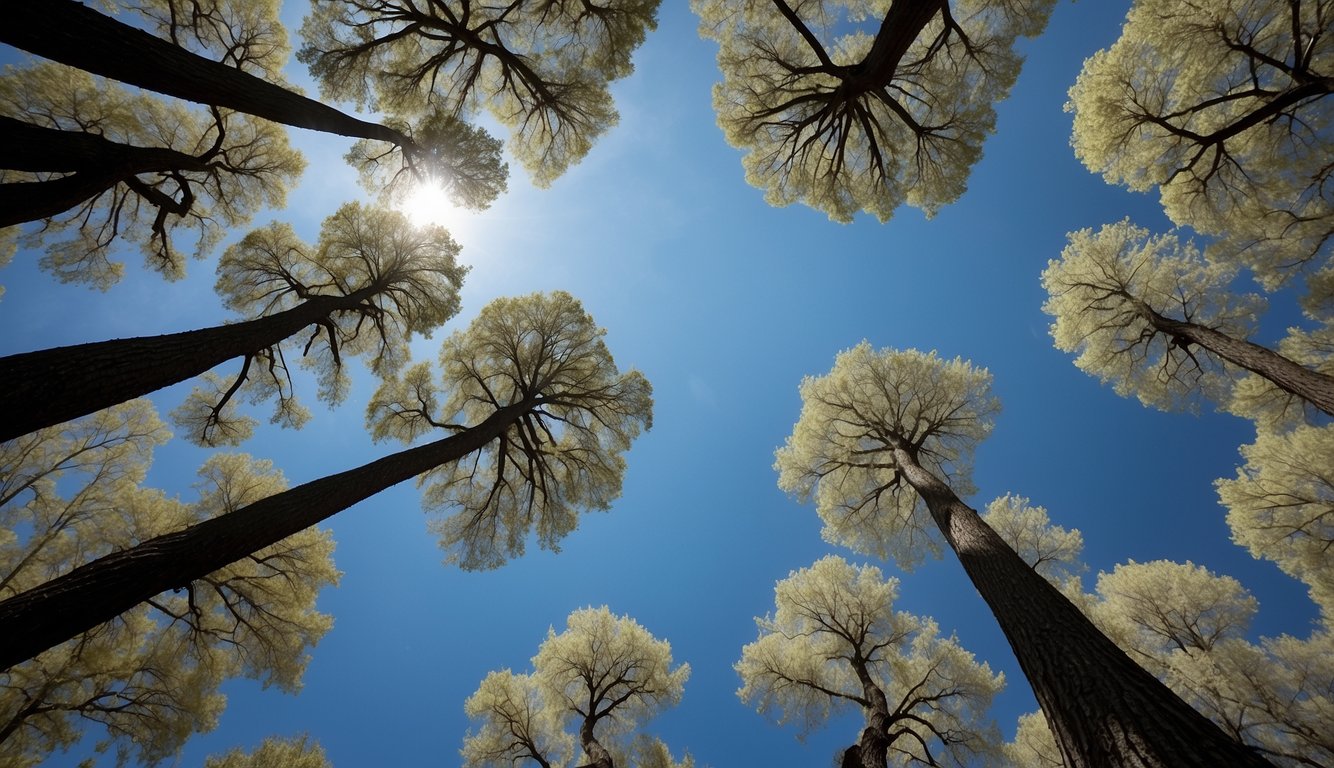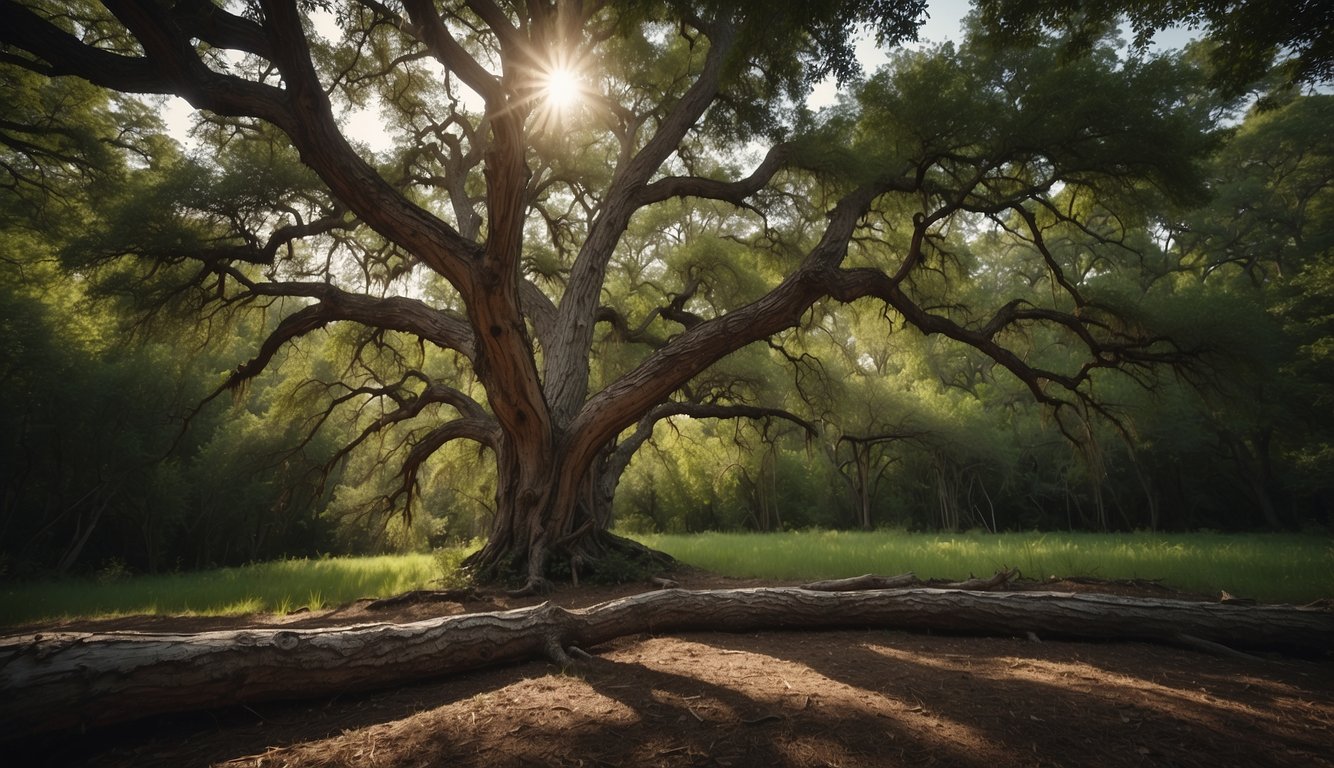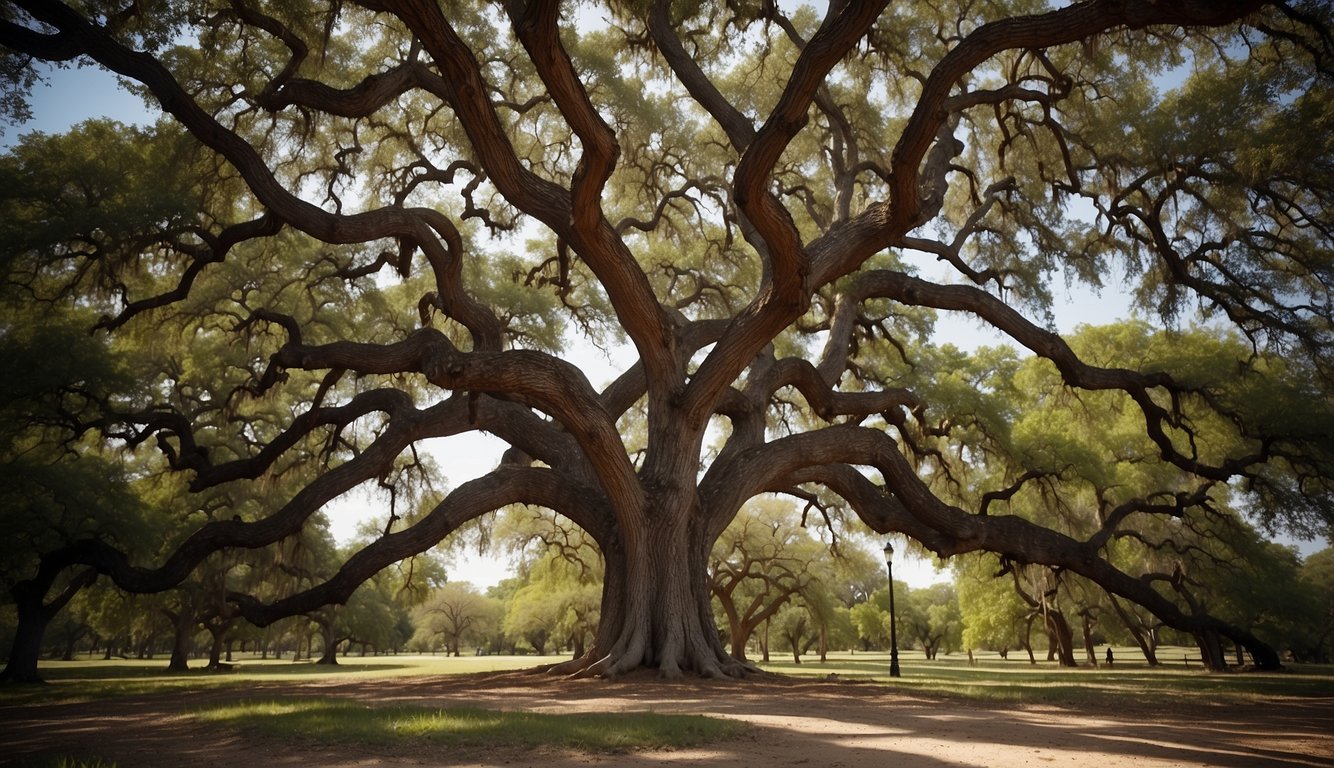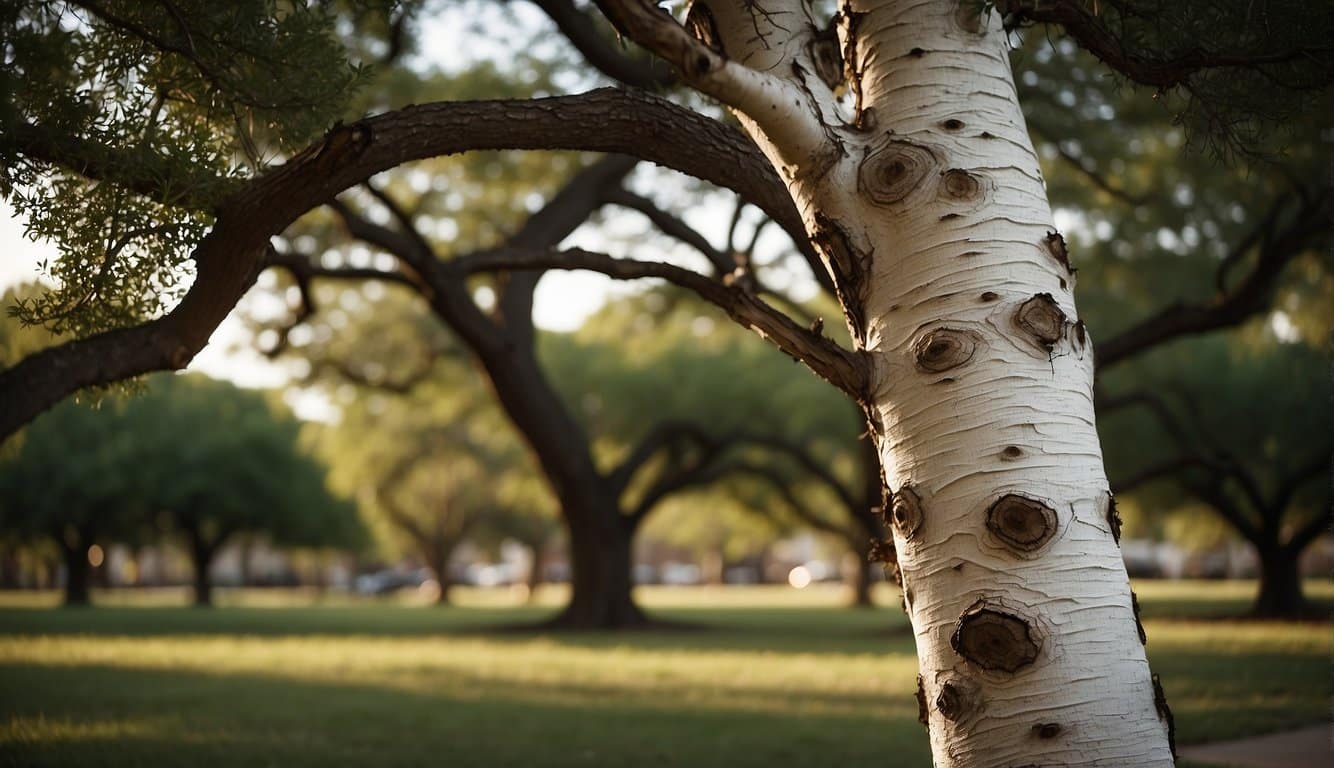White-barked trees in Texas offer a stunning visual contrast to the often lush, green landscapes of the state, catching the eye with their distinctive bark that stands out among the more common brown-hued trunks.
These trees, characterized by their unique bark, are more than just ornamental; they play a vital role in the Texas ecosystem.
Among the varieties found in Texas, the American Sycamore is perhaps the most recognizable with its expansive reach and robust nature.
Aside from their ecological importance, these trees hold cultural and historical value, resonating with the heritage of the Lone Star State.
They serve as beacons of resilience and adaptability, thriving in Texas’ challenging climates.
Some of these trees, like the Texas Madrone, are notable for their medicinal uses while others, such as the aspen and various eucalyptus species, contribute to the diverse botanical tapestry of the state.
However, these natural treasures face threats from environmental changes and urban development, which makes their conservation a significant concern.
Key Takeaways
- White-barked trees in Texas are crucial for biodiversity and offer aesthetic appeal.
- They have cultural significance and contribute to Texas’ natural heritage.
- Conservation efforts are necessary to protect these trees from various threats.
Common Texas White-Barked Trees + ID
Texas white-barked trees are distinguishable by their unique bark textures and hues, which can be a striking feature in the state’s diverse landscapes.
These trees not only add visual interest but also exhibit various ecological adaptations.
Bark Identification
The bark of white-barked trees in Texas is known for its distinctive color and texture.
While some species may have uniformly white bark, others display patterns of flaking or peeling.
As trees age, their bark can change, revealing the white under layers that are a hallmark of these species.
The condition of the bark can serve as a significant identification marker among Texas’s native flora.
Common Species
American Sycamore (Platanus occidentalis):
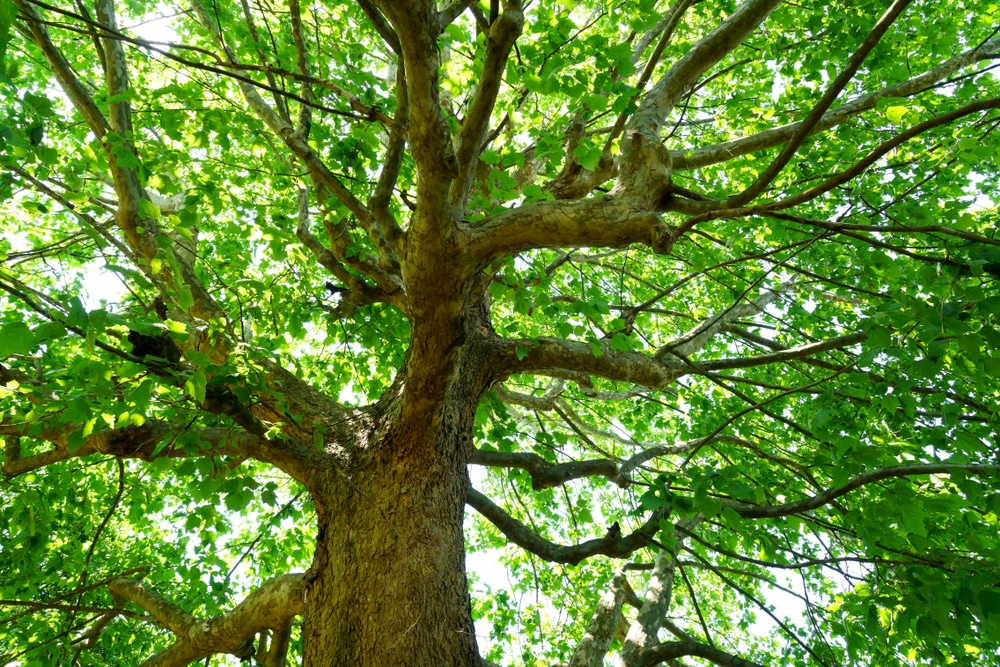
- Bark: Thin, flaky; peels off in patches to reveal white, smooth surface beneath.
- Habitat: Found throughout eastern and central Texas.
Texas Madrone (Arbutus xalapensis):
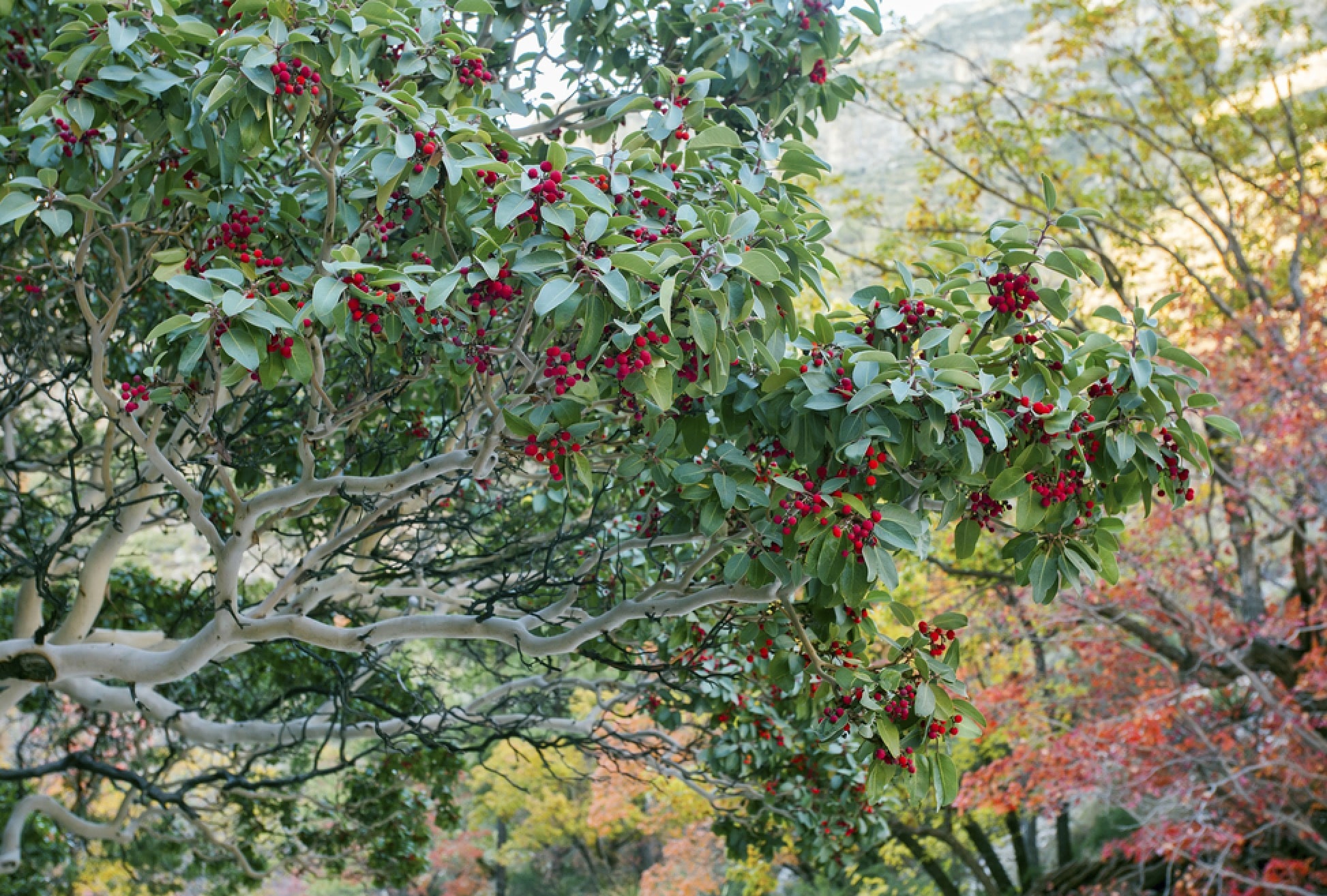
- Bark: Sheds older, dark bark to exhibit a smooth, white layer.
- Medicinal: Used in some Mexican regions for its medicinal properties.
Himalayan Birch (Betula utilis):
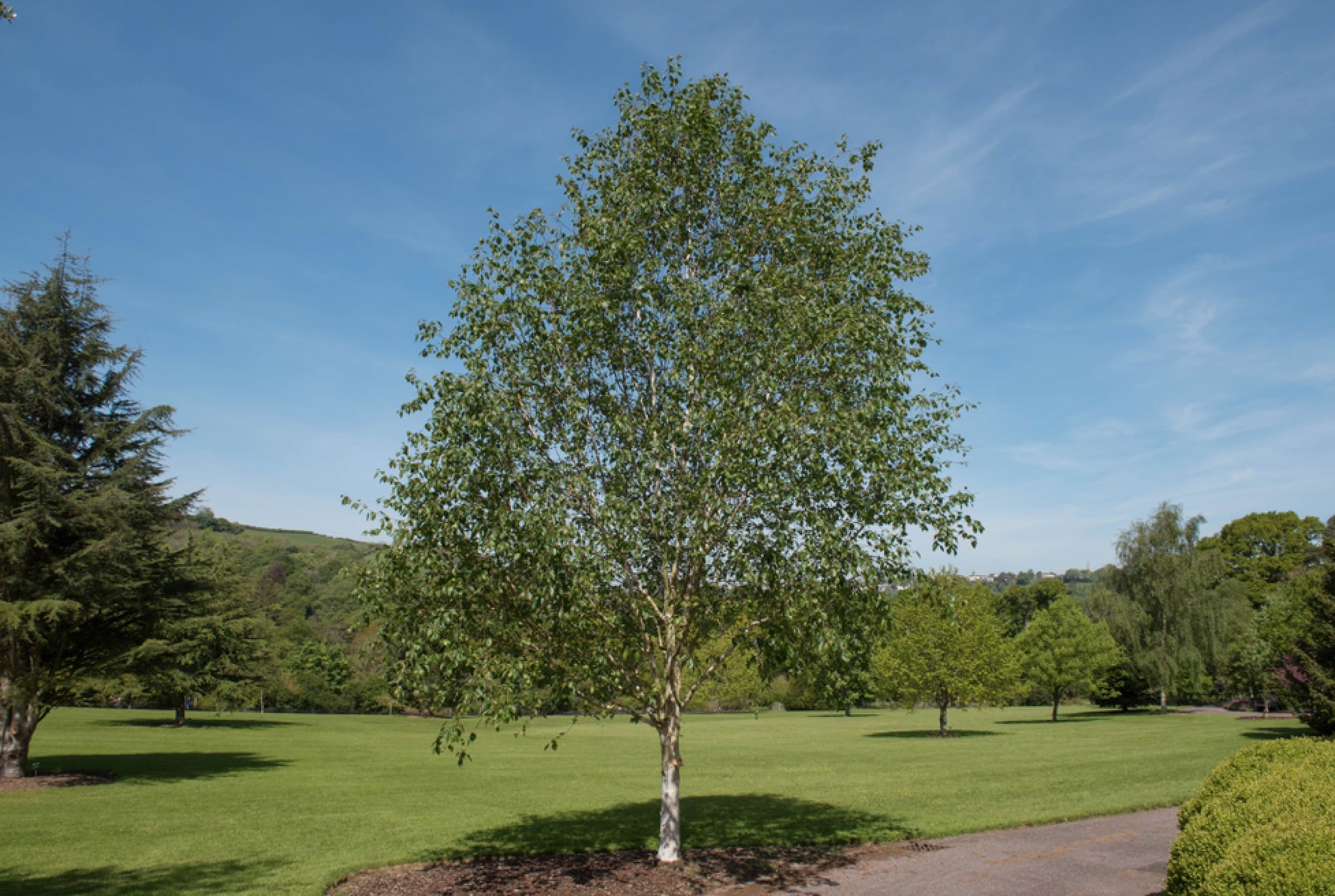
- Bark: Notable for its stark, white bark; striking against green foliage.
Aspen (Populus tremuloides):
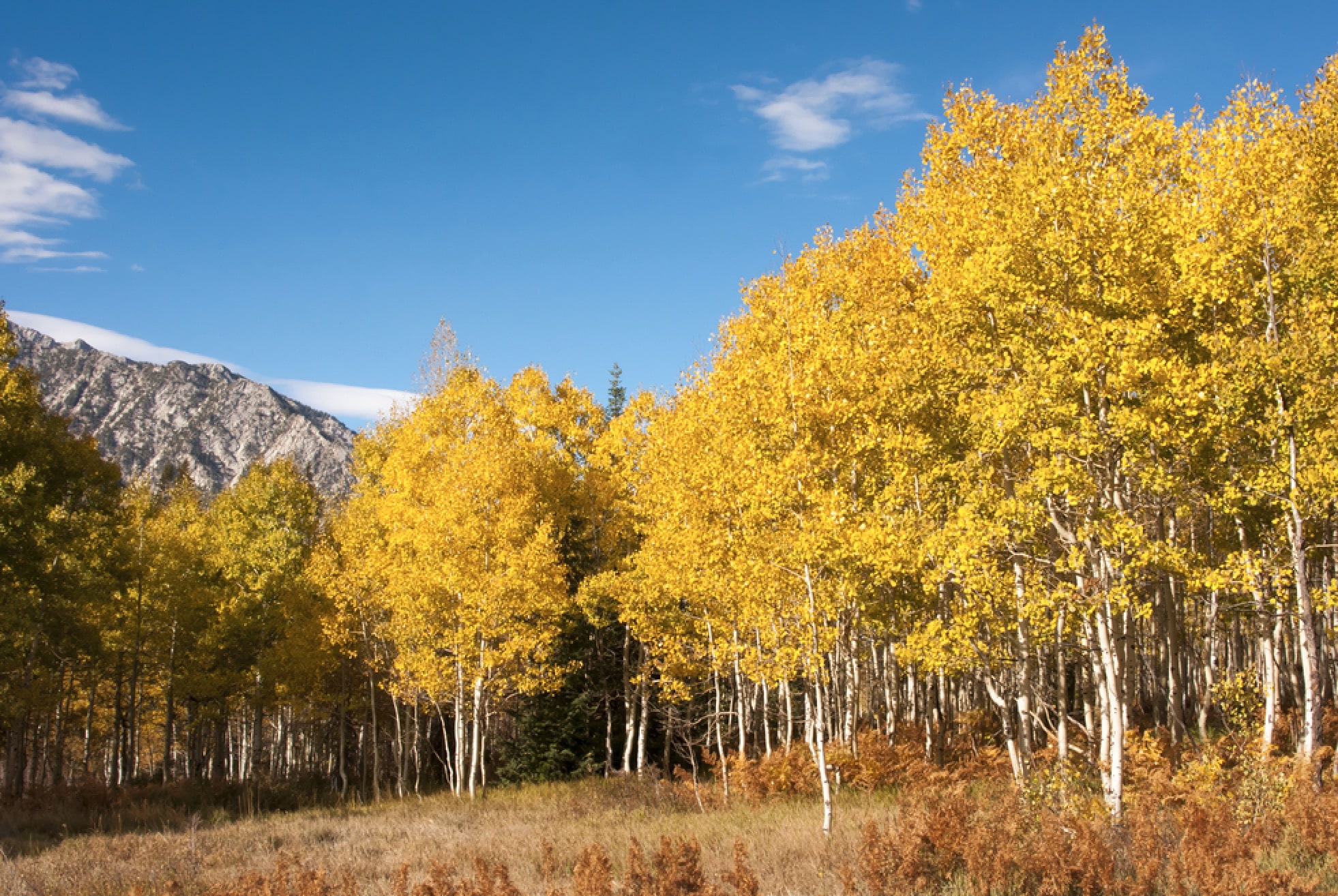
- Bark: Generally white, can feature greenish to blackish markings.
Lemon-scented Eucalyptus (Corymbia citriodora):
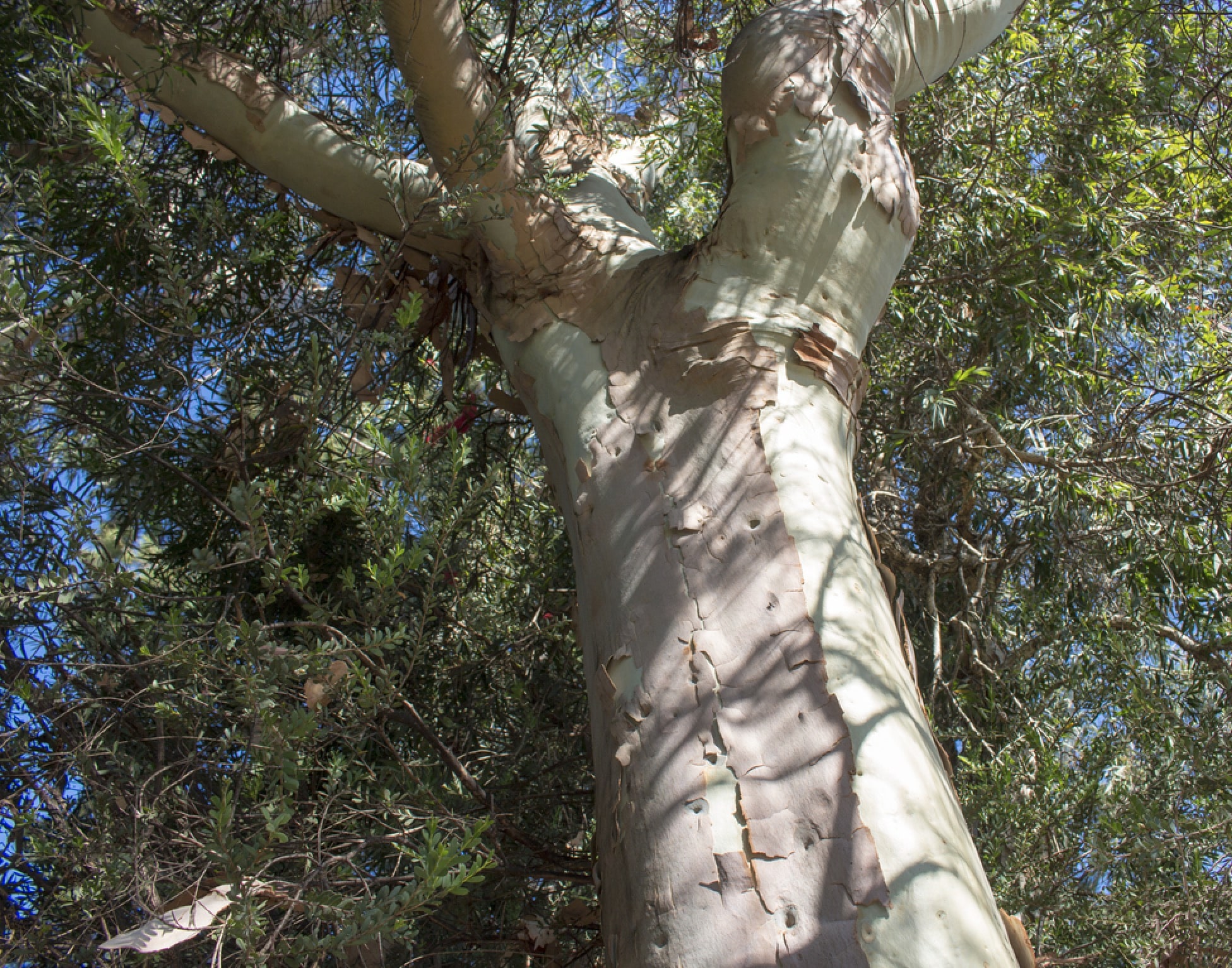
- Bark: Smooth, white bark with a citrus fragrance when crushed.
Snow Gum (Eucalyptus pauciflora):
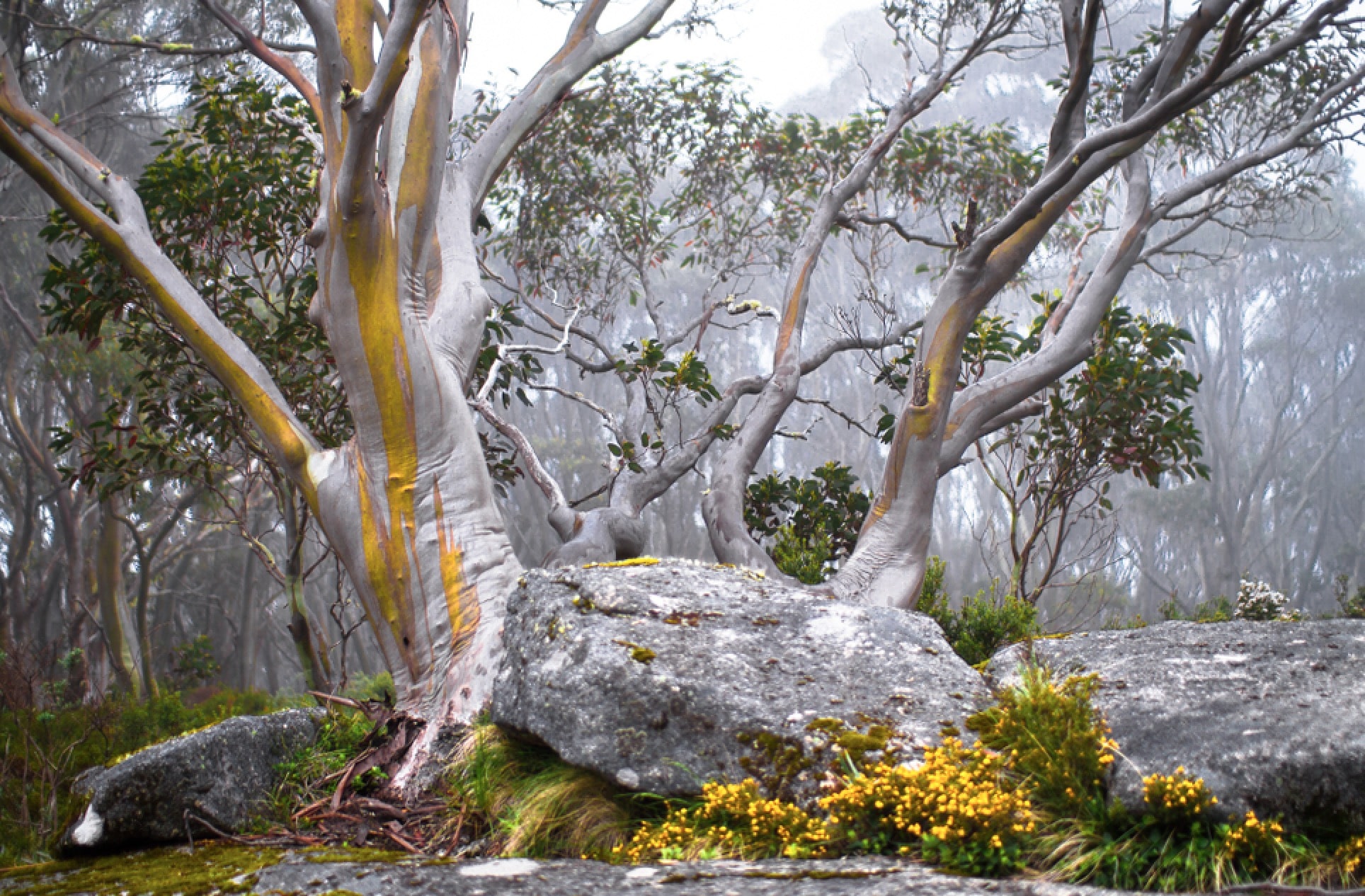
- Bark: Features a creamy white to pale grey bark, which is often mottled..
| Tree Species | Climate Zone | Texas Regions | Bark Description | Foliage | Native Status | Additional Notes |
|---|---|---|---|---|---|---|
| American Sycamore (Platanus occidentalis) | Zones 4-9 | Eastern and Central Texas | Thin, flaky; peels off in patches to reveal a white, smooth surface beneath | Broad, green leaves that turn gold in fall | Native | Common throughout eastern and central Texas |
| Texas Madrone (Arbutus xalapensis) | Zones 7-9 | West Texas, Edwards Plateau | Sheds older, dark bark to exhibit a smooth, white layer | Evergreen, thick, leathery leaves | Native | Used in some Mexican regions for its medicinal properties |
| Himalayan Birch (Betula utilis) | Zones 7-9 | Panhandle, higher elevations | Stark, white bark; striking against green foliage | Green, turning yellow in fall | Not Native | Notable for its stark, white bark |
| Quaking Aspen (Populus tremuloides) | Zones 1-7 | Panhandle, in higher elevations | Generally white, can feature greenish to blackish markings | Round leaves that tremble in the wind, turning yellow in fall | Not Native | Prefers cooler, moist environments |
| Lemon-scented Eucalyptus (Corymbia citriodora) | Zones 8-11 | South Texas, urban areas | Smooth, white bark with a citrus fragrance when crushed | Narrow, lance-shaped leaves | Not Native | Citrus fragrance when leaves are crushed |
| Snow Gum (Eucalyptus pauciflora) | Zones 7-10 | Panhandle, urban and cultivated areas | Creamy white to pale grey, often mottled | Curved, blue-green leaves | Not Native | Adaptable to a range of soil types and conditions |
Ecological Significance
White-barked trees in Texas, particularly the American Sycamore, hold significant roles in both enriching habitats and maintaining the integrity of ecosystems.
Habitat Value
White-barked trees such as the American Sycamore offer considerable habitat value in Texas landscapes.
Their expansive canopies provide shading and cooling effects, creating microhabitats for various wildlife species.
Birds often utilize these trees for nesting, while their bark’s crevices serve as shelters for insects and small mammals.
- Shelter: Provides cover and nesting sites for a variety of bird species.
- Food Source: Insects residing in the bark crevices are vital food for birds and other fauna.
Role in Ecosystem
The role of trees with white bark, including the Sycamore, in Texas extends beyond providing habitat. These trees are pivotal in ecosystem functions:
- Soil Stability: Their root systems help prevent soil erosion by stabilizing riverbanks and other areas.
- Water Regulation: Sycamores contribute to the hydrological cycle, influencing water availability in their environment.
Cultural and Historical Importance
Trees with white bark, such as the American Sycamore (Platanus occidentalis), possess significant cultural and historical relevance in Texas.
Such species are more than mere components of the state’s diverse flora; they are living witnesses to history and carry cultural narratives.
The American Sycamore, in particular, is notable for its stark white bark that exudes a ghostly beauty in winter landscapes.
Historical accounts suggest these trees were often landmark features on Texas homesteads, marking boundaries and serving as meeting places for community gatherings.
Decades-old sycamores might have been present at key historical events, shading the discussions and decisions of early Texas settlers.
Moreover, white bark trees, due to their distinct appearance, have traditionally been seen as symbols of purity and resilience.
This symbolism has been adopted in various local stories and legends, where such trees frequently play a central role.
In gardens and landscaping, white-barked trees like the beautiful Himalayan Birch (Betula utilis) and the striking Snow Gum (Eucalyptus pauciflora), have been used to add contrast and visual interest, echoing a heritage of aesthetic appreciation.
In addition to their beauty and cultural significance, some species have been used in traditional medicine practices, reflecting a profound respect and understanding of natural resources.
Texan horticulture authorities and arborists continue to advocate the inclusion of these species in local landscapes, recognizing their historic and cultural contributions as well as their ornamental value.
Threats and Conservation Efforts
White bark trees in Texas, such as whitebark pines, are facing significant challenges. They contend with various threats that can impair their health and survival.
Major Threats:
- Diseases: Invasive fungi like white pine blister rust impact these trees by slowly killing them off, leading to substantial population declines.
- Pests: Species such as Ips engraver beetles and cedar bark beetles exploit weakened trees, causing further stress and mortality.
- Climate Change: Rising temperatures and altered precipitation patterns contribute to the vulnerability of these species, exacerbating the effects of disease and pests.
On the conservation front, efforts are being orchestrated to protect these keystone species.
Conservation Measures:
- Listing as Threatened: The U.S. Fish and Wildlife Service recognizes whitebark pines as a threatened species under the Endangered Species Act, paving the way for protective measures.
- Restoration Plans: Strategies include the National Whitebark Pine Restoration Plan, focusing on developing healthy, resilient whitebark pine communities.
| Conservation Strategy | Objective |
|---|---|
| ESA Listing | Secure legal protection for whitebark pines |
| Restoration Planning | Implement measures to bolster tree resilience |
Efforts also encompass studying these trees’ unique properties, such as their naturally resistant bark, to understand how they naturally combat threats.
Conservationists and researchers are working diligently to mitigate the risks and ensure that these invaluable trees do not succumb to the trio of threats they currently face.
Frequently Asked Questions
This section addresses common queries around Texas trees with white bark, providing insightful details for identification and understanding these attractive trees.
How can one identify a tree with white bark in Texas?
Trees with white bark in Texas can be recognized by their distinctive, often flaky bark that peels away in patches, revealing a fresh layer underneath.
Characteristics like leaf shape, tree height, and the presence of fruit or flowers can aid in identification.
What is the typical size range for Texas trees with white bark?
Texas trees with white bark can vary widely in size. The American Sycamore, one of the more common white bark trees in the state, can grow to towering heights of 70 to 100 feet.
Where can one purchase Texas trees that have white bark?
Nursery and garden centers specializing in native Texan flora are ideal places to purchase trees with white bark.
Some may also be available through online plant retailers that focus on regional species.
What characteristics distinguish a Texas ash tree?
The Texas ash tree features a distinctive gray to light brown bark, pinnate leaves comprising 5-9 leaflets, and typically turns a striking yellow or purple color in the fall. This tree should not be confused with trees that have distinctly white bark.
Are Sycamore trees common in Texas and do they have white bark?
Sycamore trees are indeed common in Texas and are known for their mottled white bark. This bark tends to peel away naturally, giving the sycamore a distinctive appearance.
Which species of trees are most prevalent in Texas?
Among the most prevalent tree species in Texas are the Live Oak, Pecan, Red Oak, and Mesquite.
While these species are common, not all have white bark, which is a unique characteristic of trees like the American Sycamore and Texas Madrone.
